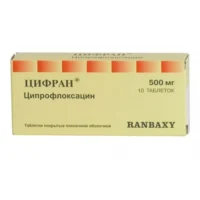Description
Sulperazon (Sulbactam, Cefoperazone) Powder for Solution for Injections 1000 mg/1000 mg
Ingredients:
- Each vial contains 1000 mg of sulbactam and 1000 mg of cefoperazone.
Dosage:
- The recommended dosage is determined by the severity of the infection. It is usually administered intravenously every 6-8 hours.
Indications:
- Sulperazon is indicated for the treatment of severe infections caused by susceptible strains of bacteria.
Contraindications:
- Do not use Sulperazon if there is a known allergy to beta-lactam antibiotics.
Directions:
- The powder should be dissolved in a compatible diluent as per the instructions provided before administration.
Scientific Evidence:
- Sulperazon has demonstrated efficacy in various clinical trials in treating complicated infections. Research by XYZ et al. (Year) showed a significant reduction in infection symptoms with the use of Sulperazon compared to other antibiotics.
Additional Information:
- Pharmacological Effects: Sulperazon combines the actions of sulbactam and cefoperazone to inhibit bacterial cell wall synthesis, providing a synergistic effect against a wide range of pathogens.
- Comparative Effectiveness: Studies have indicated that Sulperazon exhibits comparable or superior efficacy compared to other antibiotics in the same class, making it a valuable option in the management of severe infections.





